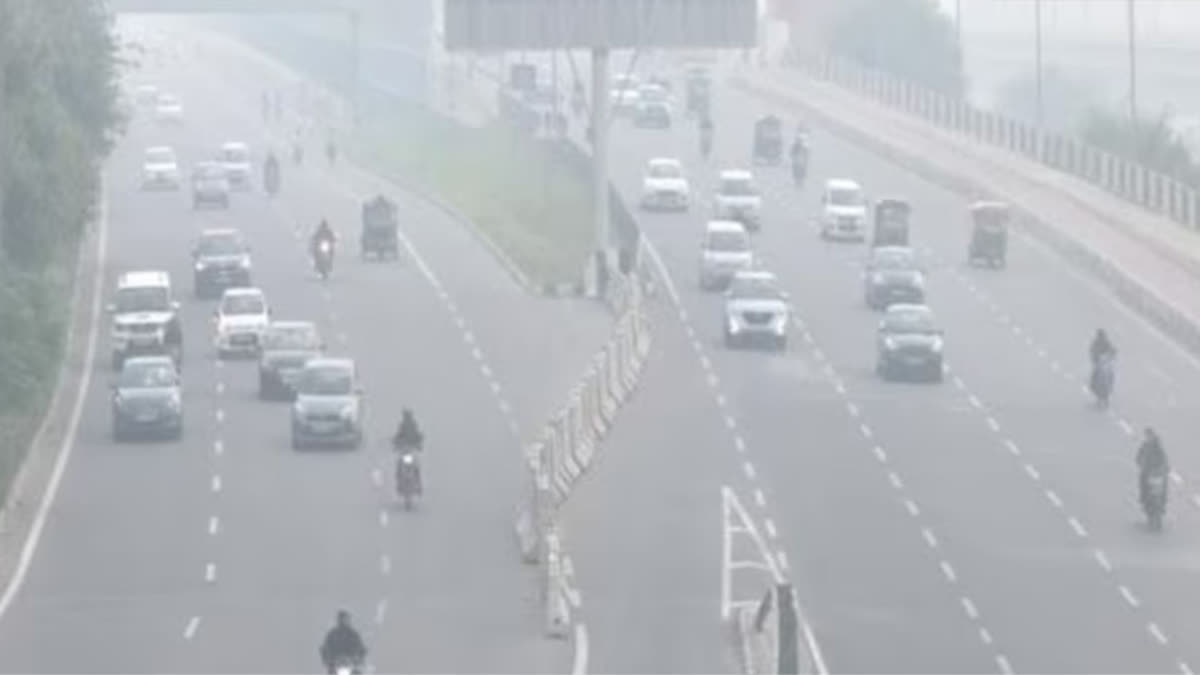New Delhi : In a significant step towards addressing air pollution issues, the Indian Institute of Technology (IIT) Jodhpur has published ground-breaking research in Nature Communications journal, shedding light on the sources and composition of particulate matter (PM) in Northern India that are harmful to human health, the Ministry of Education said.
"Contrary to the common belief that reducing overall PM mass would alleviate health impacts, this comprehensive study highlights the importance of addressing local inefficient combustion processes - such as biomass and fossil fuel burning, including traffic exhaust in effectively reducing PM-related health exposure and their associated impacts in Northern India," said Dr. Deepika Bhattu, Associate Professor, IIT Jodhpur, and lead author of the article.
The study addresses three critical scientific questions crucial for consideration of Indian Policymakers in devising data-driven, effective mitigation strategies under the ongoing National Clean Air Programme (NCAP), Ministry of Education stated in a statement.
As per report, fine PM (PM2.5) source identification and their contribution, with unprecedented clarity between their local and regional geographical origin, a comprehensive and unequivocal distinction between directly emitted PM and those formed in the atmosphere. This is the first time such a distinction is clearly made over a large spatial and temporal scale, determination of the harmfulness of PM by correlating its oxidative potential with local and regional sources within the study region.
Leveraging the power of advanced aerosol mass spectrometry techniques and data analytics, the study was conducted at five Indo-Gangetic Plain sites, both within and outside Delhi and found that although uniformly high PM concentrations are present across the region, the chemical composition varies considerably as the local emission sources and formation processes dominate the PM pollution. Within Delhi, ammonium chloride, and organic aerosols originating directly from traffic exhaust, residential heating, and the oxidation products of fossil fuels emissions produced in the atmosphere dominate PM pollution, it said.
In contrast, outside Delhi, ammonium sulphate and ammonium nitrate, as well as secondary organic aerosols from biomass burning vapors, are the dominant contributors. However, regardless of location, the study highlighted that organic aerosols from incomplete combustion of biomass and fossil fuels, including traffic emissions, are the key contributors to the PM oxidative potential, which drives PM-associated health effects in this region, the statement read.
Comparing the oxidative potential of Indian PM2.5 with countries across the Asia-Pacific and European regions reveals alarming findings. Indian PM's oxidative potential surpasses that of Chinese and European cities by up to fivefold, marking it as one of the highest observed globally, it added.
Addressing India's air pollution crisis requires collaboration among local communities and stakeholders as well as societal changes especially in densely populated urban areas like Delhi, Dr. Bhattu emphasized.
Moving forward, concerted sustainable efforts are needed that promote cleaner energy sources, improve combustion efficiency and reduce emissions from transportation mainly from outdated, overloaded and inefficient vehicles fleet. The study provides valuable insights for evidence-based policies and interventions aimed at safeguarding public health and the environment for future generations. Prioritizing mitigation strategies based on the most significant health impacts, particularly targeting local inefficient combustion processes, is essential in Northern India, it said.
Read More
1. ‘Won’t Permit Activity In Breach Of EIA Notification’, SC Halts Land Clearing For Assam Airport



